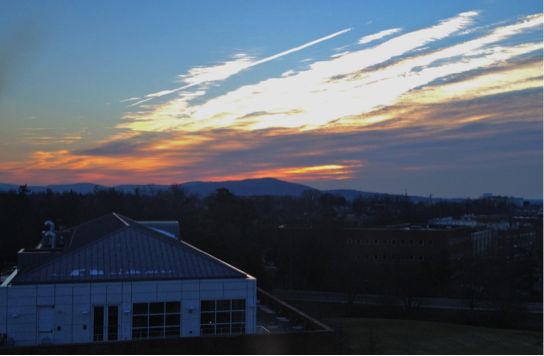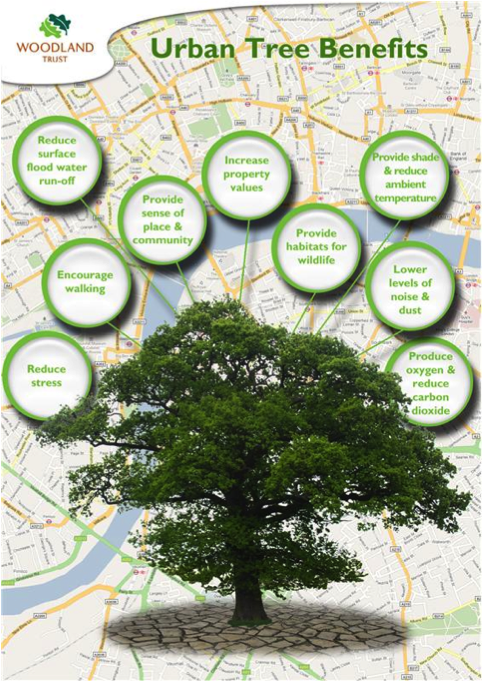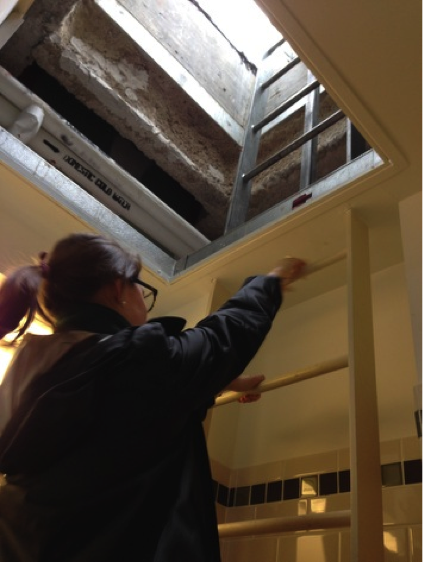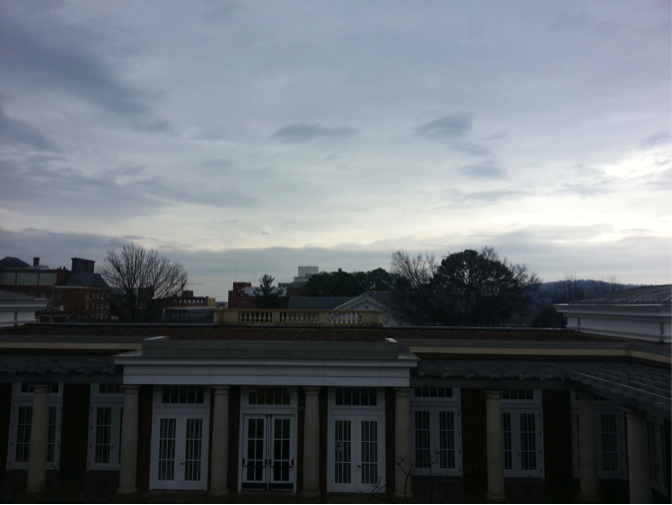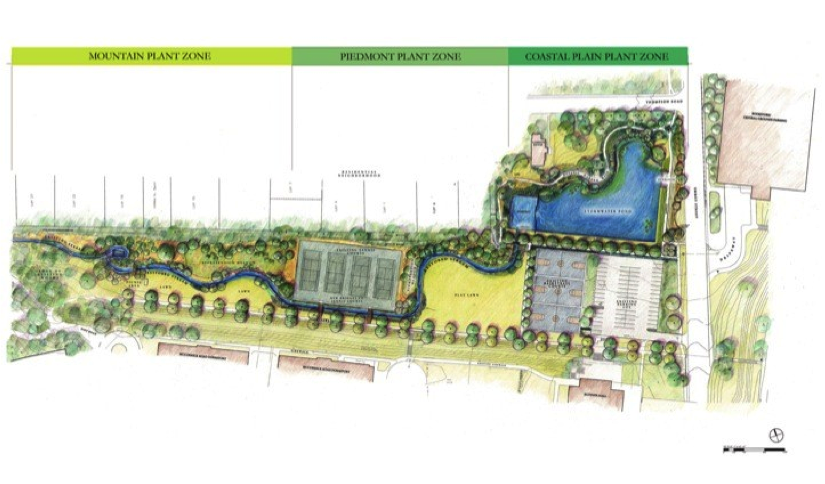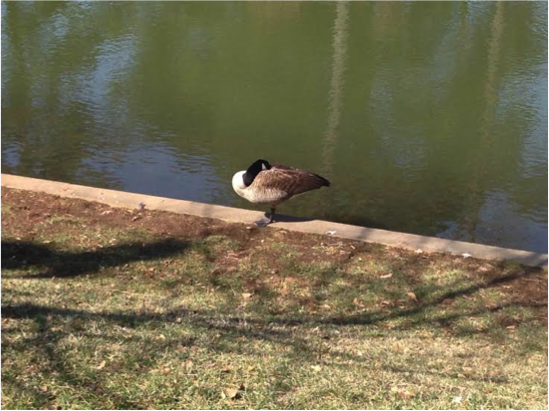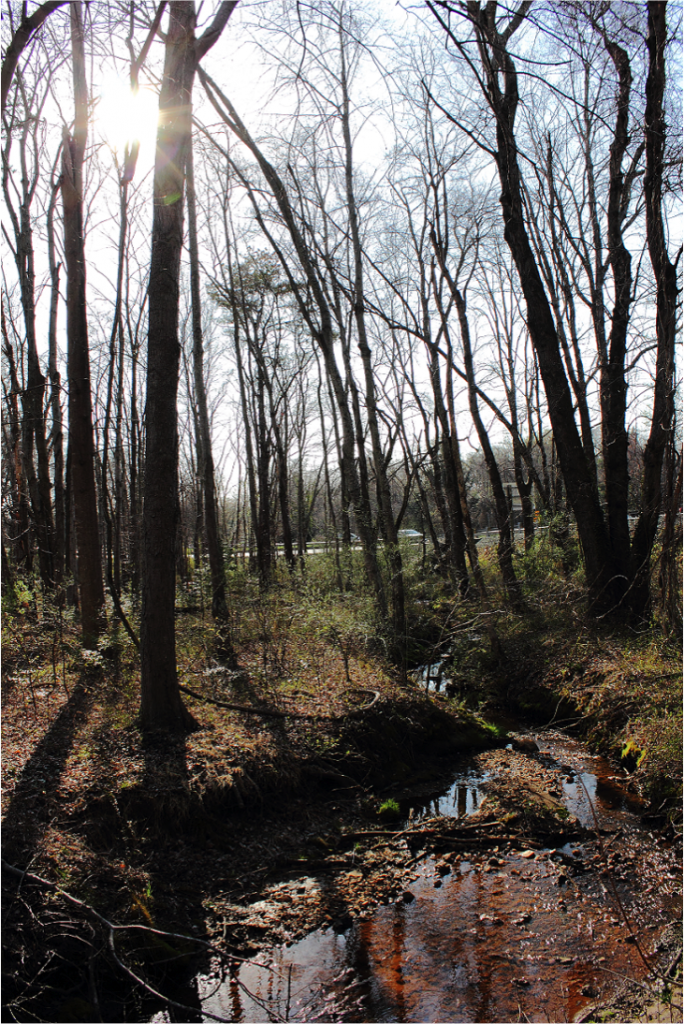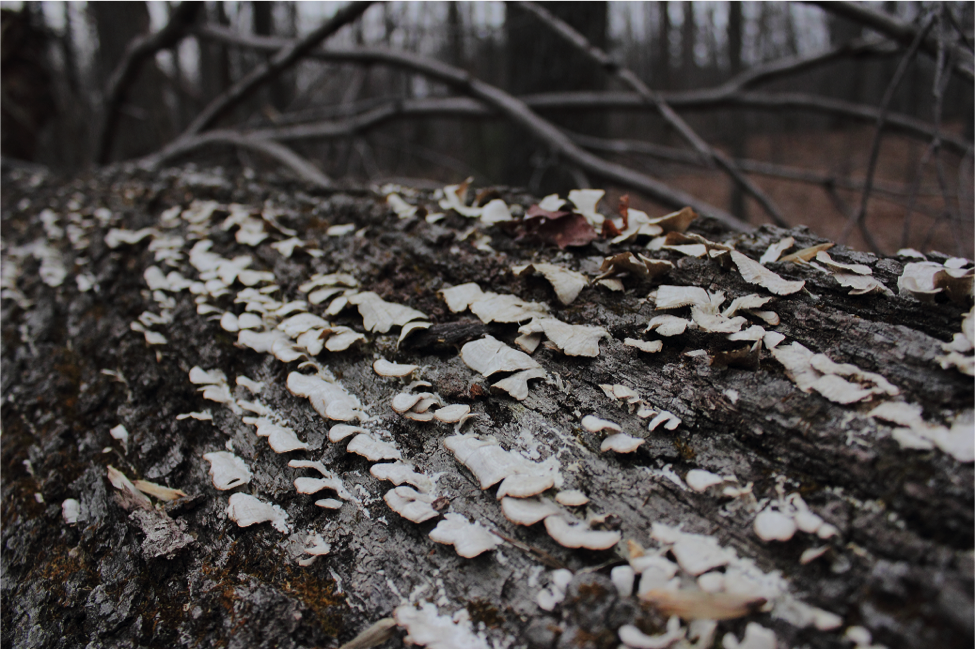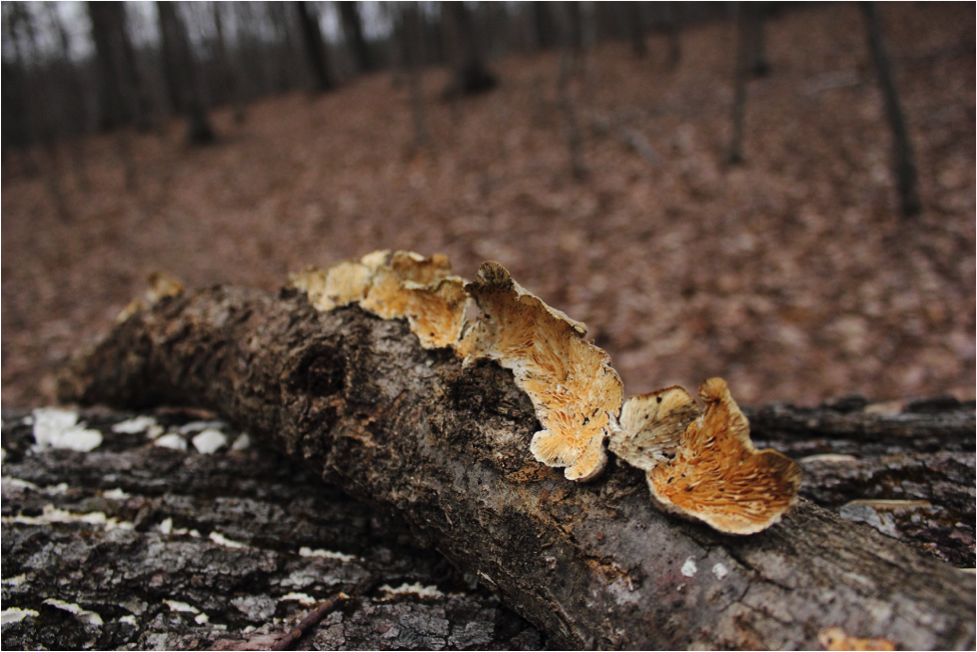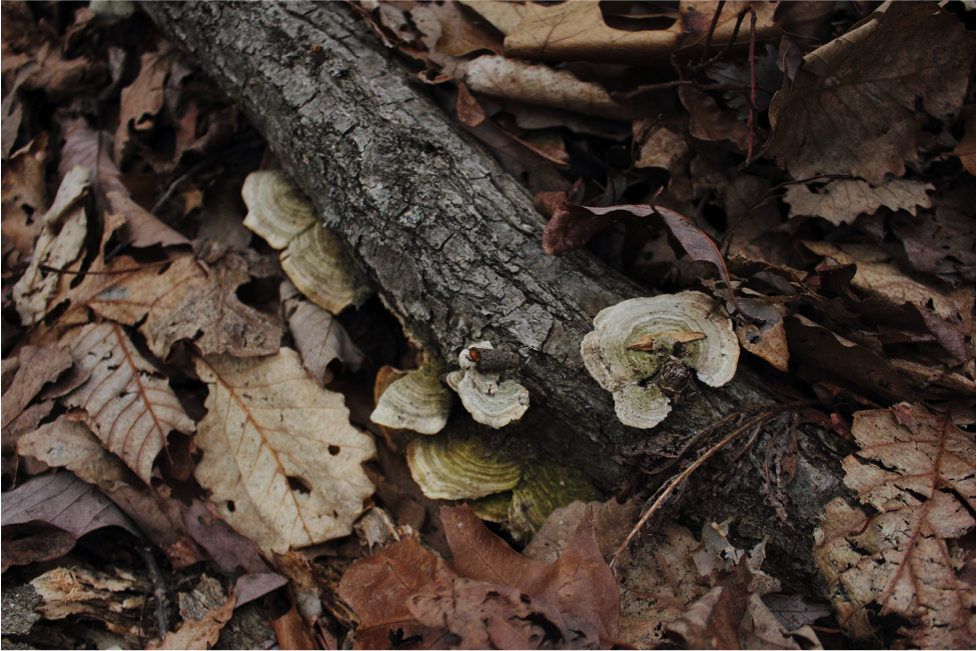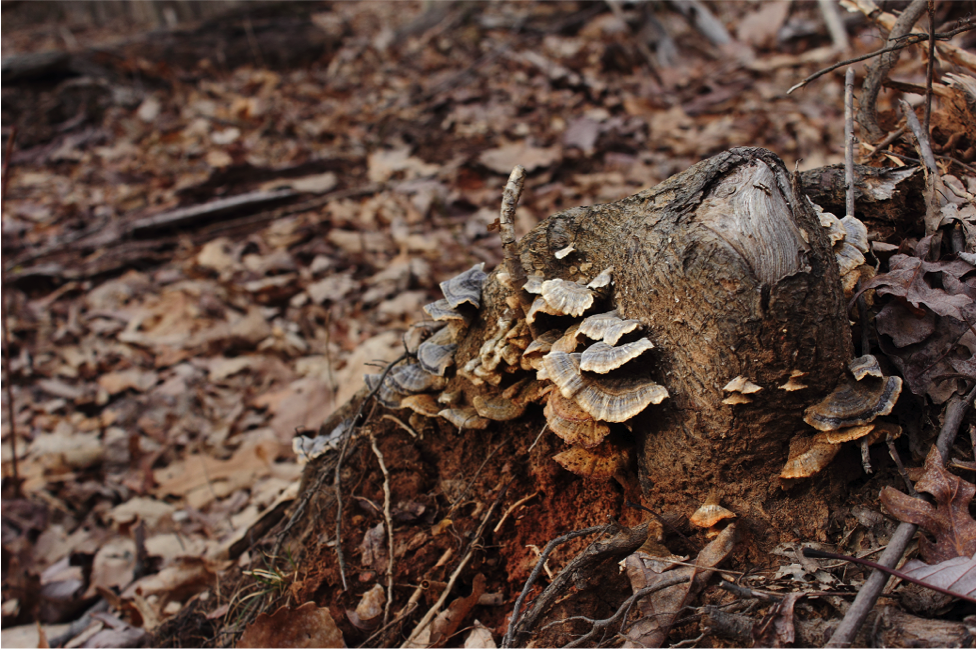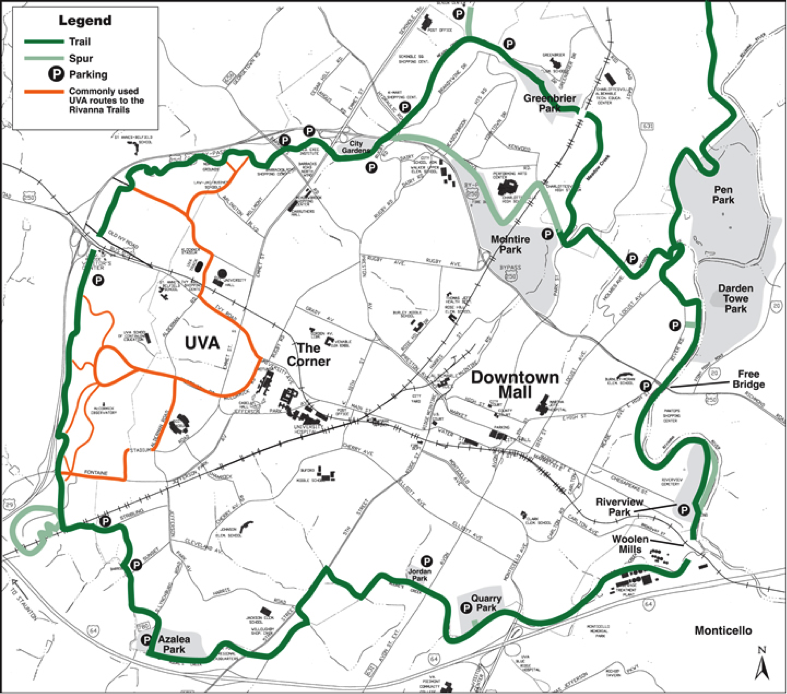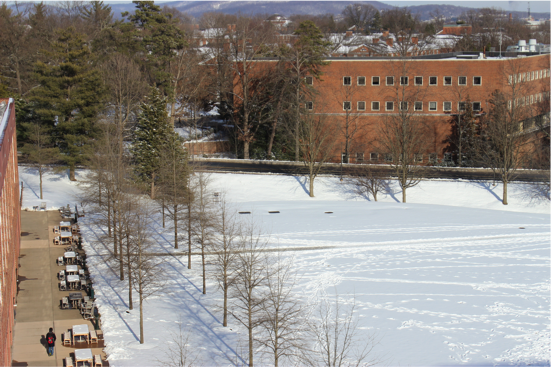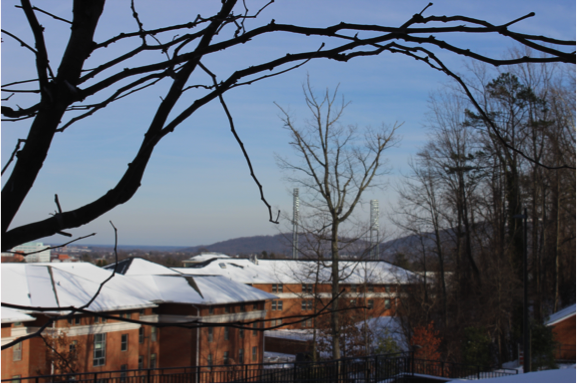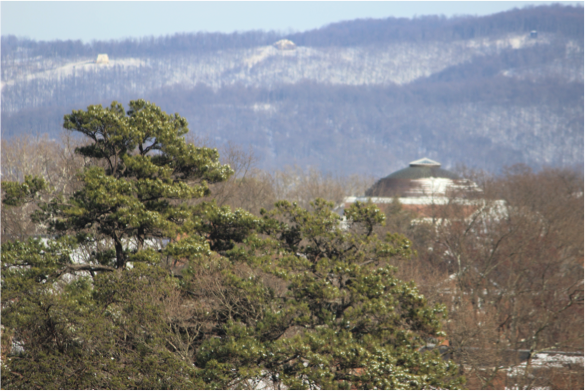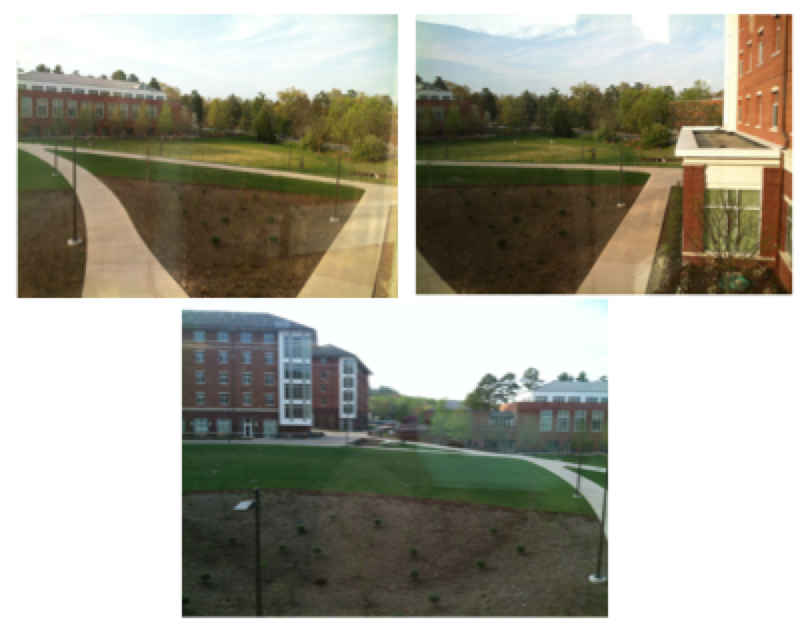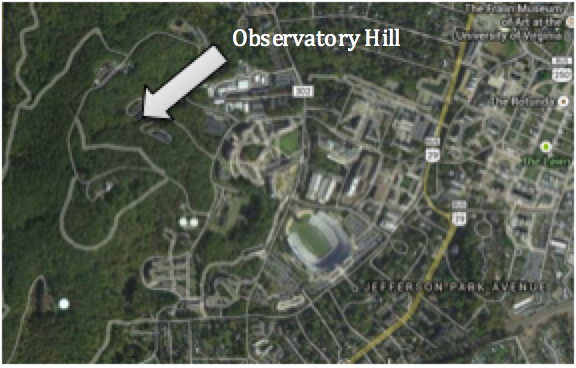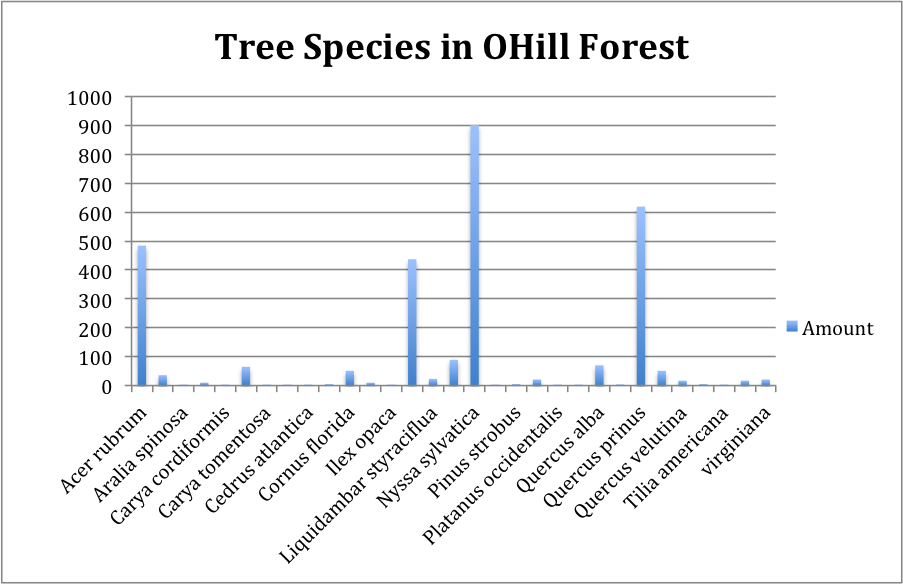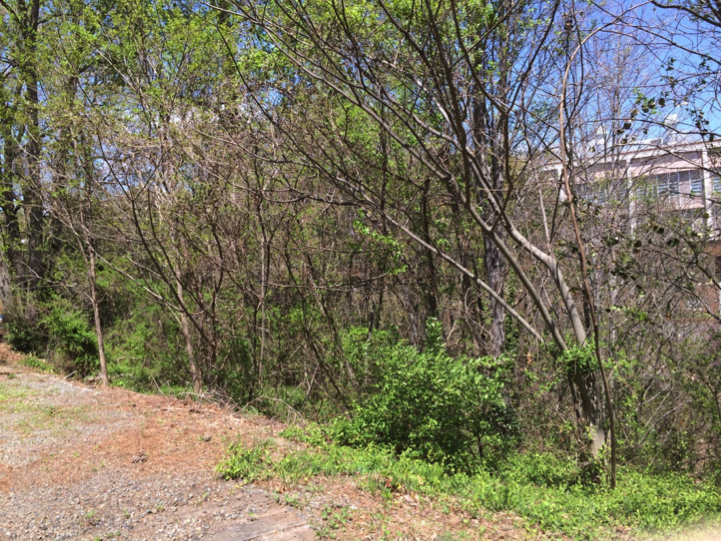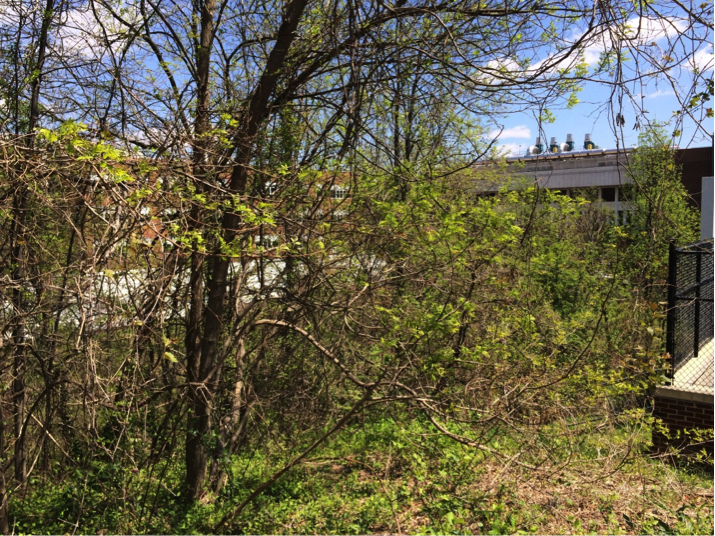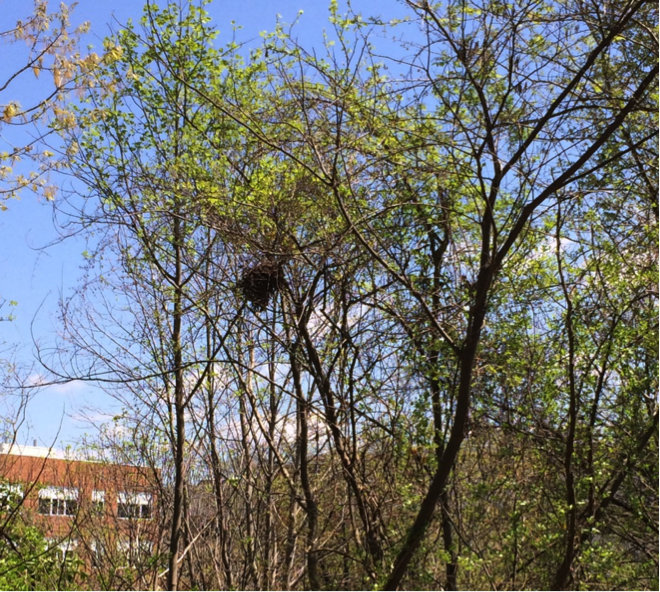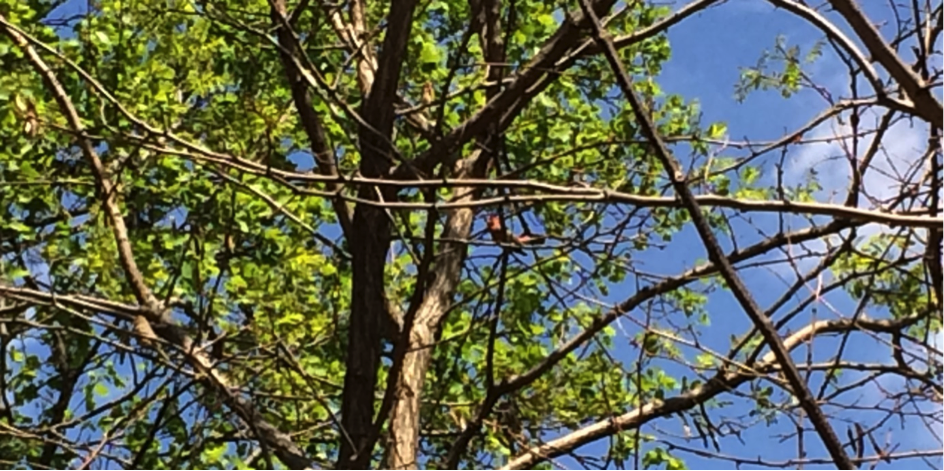Soil faces a number of threats, both natural and manmade, which can compromise its physical structure and chemical composition. And since soil is the vital foundation of most life, it is important to understand the processes that affect it. If the soil is not healthy and stable plants, animals, and microbes will not be able to survive. One of these primary forces of change in the realm of soil is erosion.
Soil is formed in place by the erosion of bed rock and the introduction of organic matter. The horizons of soil previously mentioned in the other posts will develop in undisturbed soil. Often though the soil is transported by wind or water and deposited elsewhere as sediment; this constitutes the process of erosion. Small scale erosion is normal and can even be beneficial for the dispersal of nutrients. However, large drastic events of erosion can cause damage to the soil structure and other aspects of the environment.
Erosion may seem like a simple, inconsequential process. After all, it is just the movement of dirt from one location to another. But the process takes on a new significance when you consider the fact that it takes millennia for an inch of soil to form and only decades for that inch to erode. Soil is a valuable resource that is not replaceable on a human time scale, meaning that we must take better care to preserve it.
Erosion is a process that not only impacts the well-being of soil; it also has a great effect on the human environment. We need to work with soil to maximize our interactions with the natural world and avoid unnecessary difficulties. This may involve the integration of new soil management practices. One such technique for improving soil quality is the use of agroecology. This practice emphasizes a shift away from viewing soil as a chemical system toward perceiving it as a biological network. It describes soil as intricate web of plant, animal, microbes, soil, and water interactions. By having a more specialized, in-depth understanding of the soil in a specific area, productivity can be increased. This improves the growth of plants, which helps prevent erosion, and it maintains better soil quality by not draining the soil of vital nutrients.
The importance of preventing erosion and maintaining soil quality is especially important here at the University of Virginia since there is so much opportunity for soil disruption. Many vegetated areas are heavily trafficked by students and other pedestrians, which can kill groundcover in those places, leaving the soil vulnerable to erosion. (Fig. 1) There are around 14,000 undergraduate students attending UVA, most of who walk to class, and in some areas the sidewalks simply cannot accommodate that many pedestrians. Grass along these paths is worn away and the topsoil erodes quickly, leaving hard, compacted ground that is not conducive to life. In addition, UVA has many buildings and landscape areas that are under construction. The grass is often removed and sometimes the top layer of soil is stripped away. This leaves the soil unprotected for long periods of time. Barriers are put it place in an attempt to help control erosion, but precipitation and wind still carry away a lot of the exposed soil. Rain water seeping into the soil leeches away more mineral s and nutrients than normal, slowly degrading the soil quality because it lacks the insulation of topsoil and grass. Once the structure and quality of the soil has been damaged it can take a very long time to restore it. Depending on the extent of the damage, it could take years or decades to return the soil to its original state, which further demonstrates our need to protect the soil.
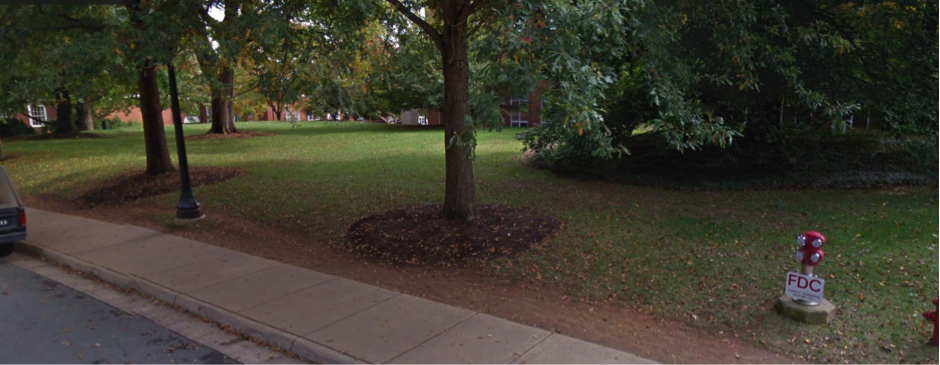
Bibliography
Montgomery, David R. Dirt: The Erosion of Civilizations. Berkeley and Los Angeles, California: University of California Press, 2012. Print.
Post by Jessica Hawkins, Second-Year, Environmental Science
